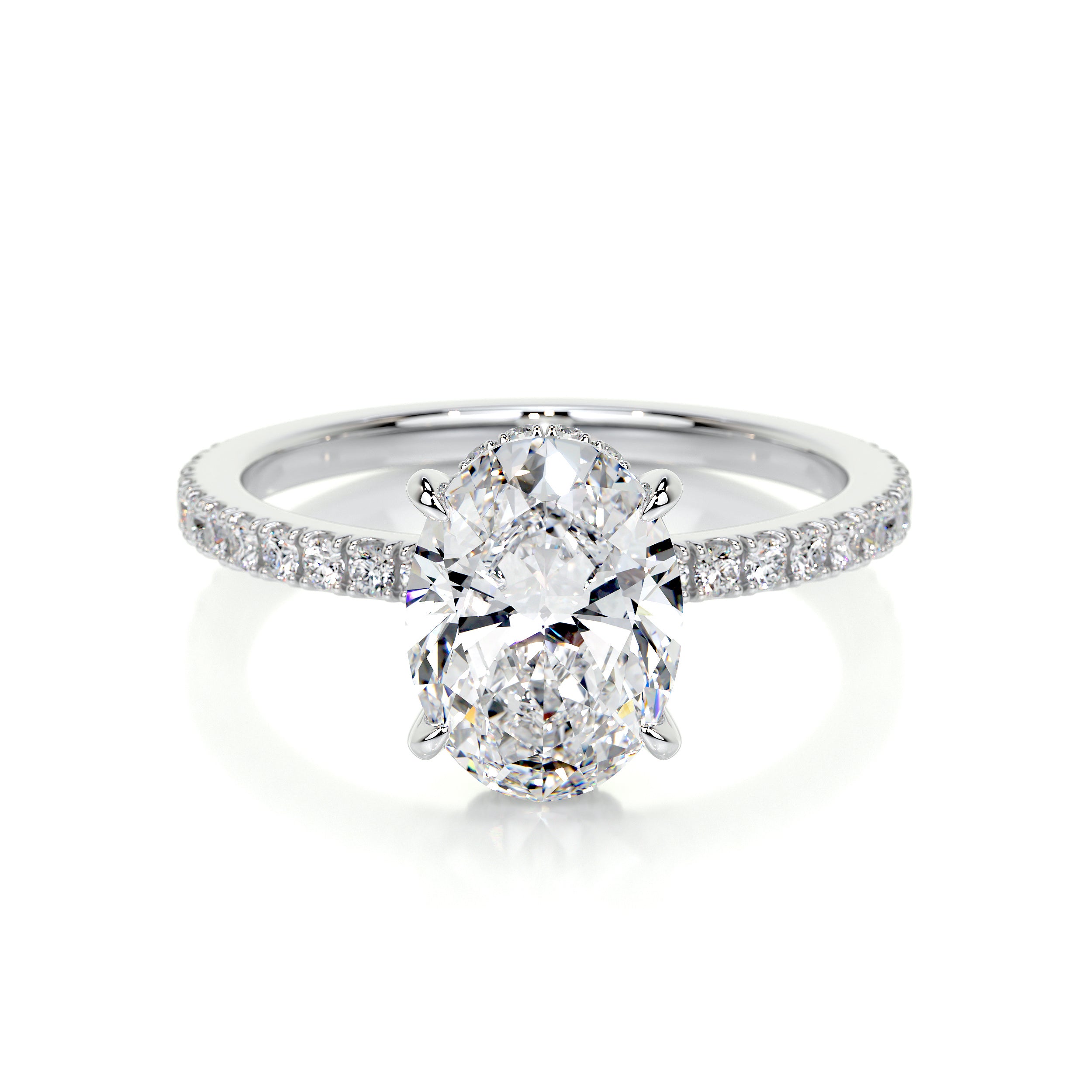
In her book The Ring of Truth and Other Myths of Sex and Jewelry, author Alison Lurie discusses the history and symbolism of jewelry, with a focus on engagement rings.
Lurie discusses the tradition of giving an engagement ring, and the different meanings that rings have had over time. She also discusses the ethical and environmental concerns surrounding mined diamonds, and the growing popularity of lab-grown diamonds.
The History of Engagement Rings
The tradition of giving an engagement ring dates back to ancient Egypt, when it was believed that a ring would symbolize the eternal bond between two people. In the Middle Ages, engagement rings became more popular in Europe, and they were often given as a sign of betrothal.
The Symbolism of Engagement Rings
Engagement rings have a variety of symbolic meanings. They can symbolize love, commitment, and fidelity. They can also symbolize the eternal bond between two people.
The Ethical and Environmental Concerns of Mined Diamonds
The mining of diamonds can have a negative impact on the environment and the people who live in diamond-producing countries. The mining process can pollute water supplies, destroy forests, and displace people from their homes.
The Growing Popularity of Lab-Grown Diamonds
Lab-grown diamonds are becoming increasingly popular as an alternative to mined diamonds. Lab-grown diamonds are created in a laboratory, and they are chemically and physically identical to mined diamonds. However, they are often much more affordable than mined diamonds.
The Future of Engagement Rings
The future of engagement rings is uncertain. It is possible that the tradition of giving an engagement ring will decline in popularity. However, it is also possible that the tradition will continue, and that lab-grown diamonds will become more popular as an alternative to mined diamonds.
Conclusion
The book The Ring of Truth and Other Myths of Sex and Jewelry provides a fascinating look at the history, symbolism, and future of engagement rings. It is a must-read for anyone who is interested in the history of jewelry or the ethical and environmental implications of diamond mining.
Lab-grown diamonds are a growing trend in the world of engagement rings. They offer a number of advantages over mined diamonds, including ethical and environmental benefits, as well as lower cost. As the demand for lab-grown diamonds continues to grow, it is likely that they will become even more popular in the years to come.
Ethical Considerations
One of the main reasons why people choose lab-grown diamonds is because of the ethical considerations. Diamond mining can have a negative impact on the environment and the people who live in diamond-producing countries. Lab-grown diamonds do not have these same environmental or ethical concerns.
Environmental Considerations
The mining of diamonds can also have a negative impact on the environment. The mining process can pollute water supplies, destroy forests, and displace people from their homes. Lab-grown diamonds do not have these same environmental concerns.
Cost Considerations
Lab-grown diamonds are typically much more affordable than mined diamonds. This is because the cost of mining diamonds is very high, and the supply of mined diamonds is limited.
Conclusion
Lab-grown diamonds are a growing trend in the world of engagement rings. They offer a number of advantages over mined diamonds, including ethical and environmental benefits, as well as lower cost. As the demand for lab-grown diamonds continues to grow, it is likely that they will become even more popular in the years to come.
